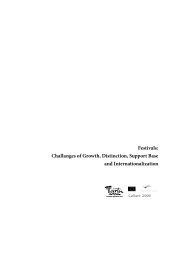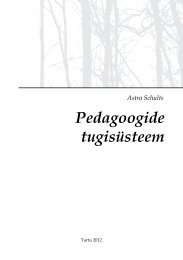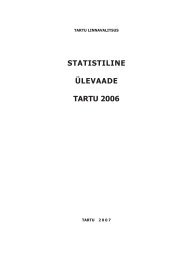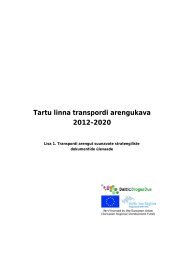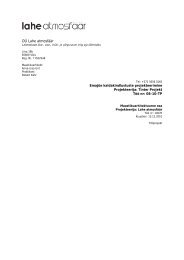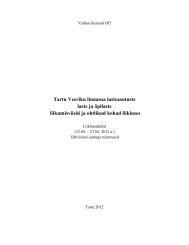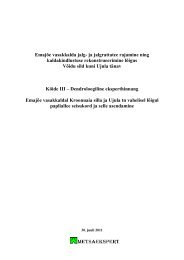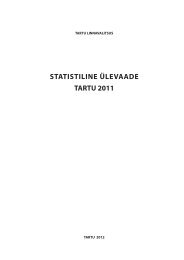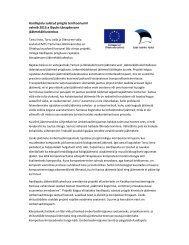Festivals - Fondazione Fitzcarraldo
Festivals - Fondazione Fitzcarraldo
Festivals - Fondazione Fitzcarraldo
Create successful ePaper yourself
Turn your PDF publications into a flip-book with our unique Google optimized e-Paper software.
image of the festival – or on the presence of one or more famous artists, and on the<br />
most popular shows? When communication budgets and resources are limited, festivals<br />
often find themselves having to decide whether to focus exclusively on institutional<br />
communication, or place their bets also on product communication. The choice of<br />
one type of communication rather than another, and the images, the content, the values<br />
and the tone of voice that the festival adopts all combine to give it its position. In<br />
this particular case, positioning concerns the way in which a festival is located in the<br />
minds of its potential clients, assuming that consumers do mentally classify products<br />
and experiences on the basis of one or more dimensions or characteristics. In order<br />
to achieve correct positioning, festivals need to analyse the characteristics and factors<br />
that are distinctive of their own project (for example, a unique and enchanting environment,<br />
types of shows or themes that are otherwise not offered in the area, artists of<br />
international fame) and those that best satisfy what the target audiences are looking<br />
for (entertainment, relaxation, cultural enrichment, stimulation, status, prestige, etc.).<br />
And the festival needs to differentiate and focus its communication.<br />
2. 6. · The relationships with the stakeholders<br />
2. 6. 1. · The stakeholder theory and the festival management<br />
In the current challenging times of transition from a paradigm based on public responsibility<br />
and funding to a new uncertain scenario where undoubtedly arts organizations<br />
have to build a new legitimacy and a wider consensus, the stakeholder concept<br />
seems a tentative but appropriate approach to describe the nature of the relationship<br />
among the arts organizations and the contexts in which they operate.<br />
Stakeholders can be defined as any people, groups, organizations who may affect or be<br />
affected by or perceive themselves to be affected by a decision or by the development<br />
and implementation of a strategy or a project or an activity. Stakeholders have not to<br />
be confused with partners: the latter are already committed to a project, while the<br />
previous are potential supporters, and only a convincing set of arguments and actions<br />
can turn their neutrality or opposition into support.<br />
The theory of stakeholders originated in the United States business sector, within the<br />
fields of strategic management and the human resources management. It has then<br />
been widely applied as a tool of analysis and orientation for strategic development,<br />
particularly by the environmentalists and more recently also by service agencies and<br />
public bodies working in arts and cultural development.<br />
44<br />
The stakeholder analysis is a good tool to consider the position and the role of a festival<br />
in a community and in the wider operative contexts and then to identify the objectives<br />
and the strategies and actions aimed at managing them.



